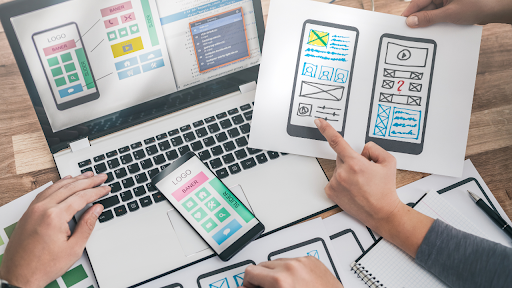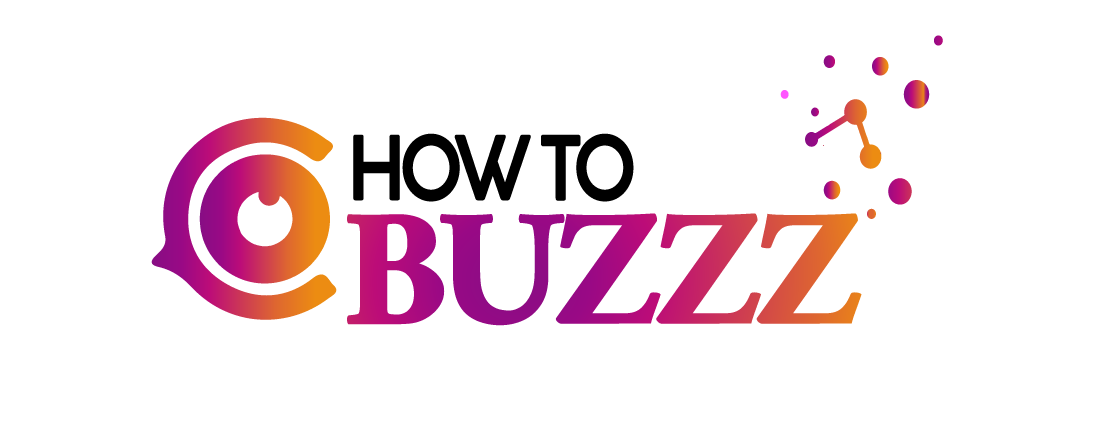Crafting the Perfect Visual Language: A Deep Dive into Typesetting in Graphic Design

Creating a visually compelling design is about so much more than choosing the right images or selecting the perfect color scheme. When it comes to graphic design, every element, including the typography, constitutes a critical part of the visual story. And that makes typesetting—an often overlooked aspect—a pivotal feature to master in the quest for design perfection. With that understanding, this blog aims to throw light on typesetting’s importance in shaping the visual language, often unfolding its unique story.
Understanding Typesetting in Design
Typesetting is the process of arranging and formatting types to make the written text readable, appealing, and suitable for graphic design. It involves aspects like selecting the appropriate font, deciding on the size, aligning the type correctly, considering the line length, letter spacing, and line spacing (also known as leading). It may seem simple initially, but it can be the deciding factor in taking your design from ‘good’ to ‘great.’
Why is Typesetting so Important?
Research data from MIT reveals that the brain can identify an image seen for just 13 milliseconds. This instinctual, rapid recognition emphasizes that every aspect of a design, right down to the typography used, has to be meticulously selected and managed to make even a split-second impact.
Putting typesetting into the context of graphic design reveals its compelling role. When you’re devising a design for a brand, you are, in essence, creating a visual language that needs to say what the brand stands for and evoke a certain feeling in the viewer’s mind. Typesetting plays paramount in this by:
Reflecting the Brand Personality: Understanding the brand’s core values enables designers to choose types that reflect these values. For instance, a fun, casual brand would benefit from a relaxed, informal font style, while a luxury brand calls for a more elegant, perhaps serif style.
Ensuring Readability and Accessibility: The charm of a design can quickly fade away if it’s not accessible or legible to its audience. Therefore, proper typesetting ensures that designs respect UX principles—making content easy to read and comprehend for viewers.
Creating Visual Hierarchy: Typesetting can help establish a visual hierarchy, guiding the viewer’s eye through the design in a manner that is intended by the designer. Strategic use of type size, weight, and placement can help achieve this hierarchy and bring focus to critical elements.
Prepress Pro: The Unsung Hero Behind the Print Perfection
While the digital age has made it easy for us to overlook the value of printed material, it remains a vital medium for many businesses. And standing between your design and its printed perfection is a complex process known as prepress.
Prepress Pro is a standout pre-press graphic design service renowned for its detailed attention to typesetting. They ensure that your designs look just as good in print as they do on your computer screen. By checking aspects like color correctness, image quality, and, most importantly, the typesetting intricacies, Prepress Pro helps you avoid costly mistakes and achieve a print result that accurately represents your design intention.
In Conclusion: Encouraging a More Holistic View
It’s easy to become enchanted by the more glamorous aspects of graphic design—choosing a stunning color palette, selecting mesmerizing images, and creating a compelling layout. However, all these elements can fall flat without the support of strong typesetting. It is the backbone that supports and enhances the entire visual narrative you’re trying to create.
Respected graphic design agencies understand this holistic perspective and adopt a nuanced approach to typesetting. They know that when balanced with all the other design elements, excellent typesetting can capture a viewer’s attention, communicate a brand’s unique story, and ultimately, hold the power to transform the entire design.
So, here’s a call to action for all graphic design agencies. Let’s begin to give typesetting the same weightage as other design elements! Let’s dive deeper into creating beautiful, meaningful, successful designs by crafting the perfect visual language with strategic and thoughtful typesetting.
